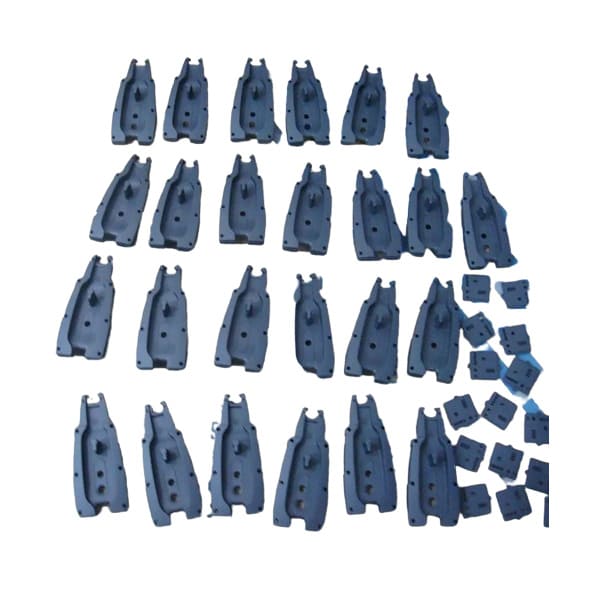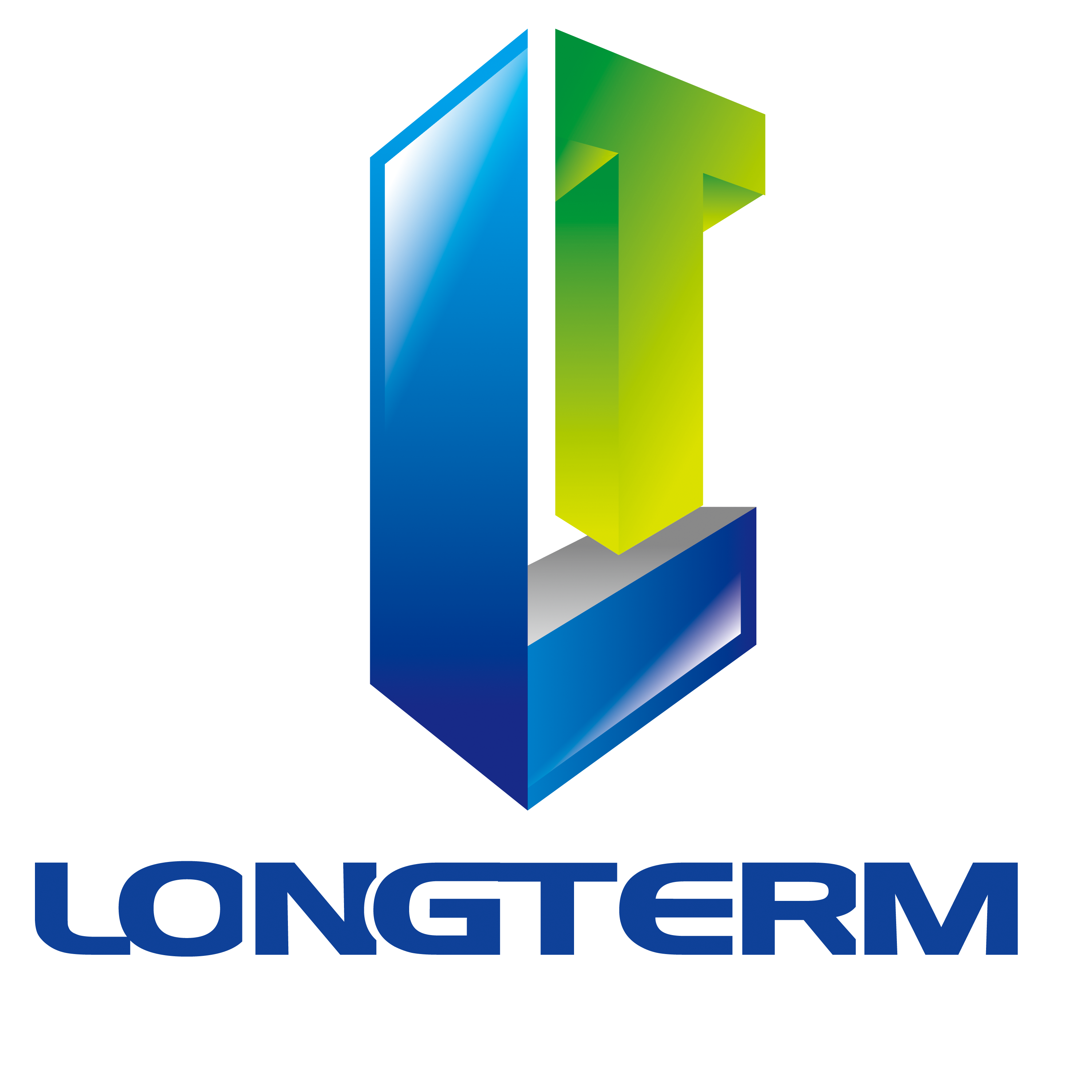
Low-yield production tools build a "fast-provincial-flexible" integrated development model through rapid proofing, prototype molds and low-yield CNC processing, significantly shortening the product development cycle, reducing early investment, and improving design iteration efficiency, helping new products to quickly verify and market introduction.
What are low-yield production tools?
Low-Volume Production Tools refers to a production solution formed by combining cutting-edge processing and forming technologies in different industries (such as rapid proofing, prototype molds, and low-yield CNC processing) for the small batch trial production and market verification stages. It bridges the gap between "prototype research and development" and "massive mass production", allowing enterprises to obtain reliable functional verification and user feedback before investing in high full mold costs.
Comparison of traditional mass production and low-yield model
• Traditional model: high mold cost, long mold adjustment cycle, and slow first-piece delivery, which can easily cause new product launch risk;
• Low output model: low tool investment, short iteration cycle, fast early delivery, suitable for proof of concept, market trial sales and small batch customization.
Three core technologies—each performs its own duties and complements each other
3.1 Rapid Prototypes (quick proofing)
Common methods: SLA photocuring, SLS nylon powder, FDM melt deposition, etc.
Advantages: Complete appearance/structure verification in 3-7 days, supporting complex geometry and thin-walled parts testing
3.2 Prototype Molds
Material: aluminum alloy mold, mild steel mold or silicone mold
Advantages: The cost is only 30–50% of the large mold, and it can quickly injection mold a small number of samples for function, assembly and market launch
3.3 Low-Volume CNC Machining (low-yield CNC machining)
Material compatible: metal (aluminum, stainless steel, copper), engineering plastic (POM, PC, PEEK)
Advantages: High accuracy ±0.01 mm, extremely low surface roughness, suitable for small amounts of metal structural parts and high-strength components
Analysis of core advantages
4.1 Shorten the market cycle
Iteration speed: Multiple rounds of proofing and small batch trial production, which can verify multiple design solutions within weeks;
Trial sales strategy: Use small batches of CNC parts and injection molded parts to carry out limited-edition listing, lock in target customers in advance and collect feedback.
4.2 Reduce development costs
High mould fees are exempt from amortization: the cost of prototype molds and CNC single pieces is small, avoiding the risk of full production price;
Reduce material waste: Precise processing and on-demand molding, significantly reducing waste and inventory pressure.
4.3 Improve design flexibility
Variable between batch parameters: easy adjustment of part wall thickness, surface texture and material formulation;
Multi-version parallel testing: three color schemes or structural variants of A, B, and C are produced simultaneously to quickly compare user preferences.
Process flow example
Concept Design → 3D Modeling
Quick proofing → Prototype function and appearance review
Prototype mold production → Small batch injection molding parts production
CNC finishing → Metal/engineering plastic structural parts testing
Sample assembly → Trial sales and verification
User Feedback → Final Design Optimization
Full mold production → Large-scale mass production
Typical application scenarios
• Consumer Electronics: Headphone case, smart watch strap, drone body case
• Medical devices: diagnostic housing, modular catheter interface, surgical navigation components
• Industrial equipment: precision connectors, motor brackets, sensor housings
• Auto parts: console decoration parts, transmission system small batch spare parts
• New energy hardware: energy storage battery module housing, charging pile panel
Notes and best practices for use
• Material selection: Select materials according to the product usage environment (heat resistance, corrosion resistance, wear resistance);
• Dimensional tolerance: Negotiate reasonable tolerance range with suppliers to avoid excessive pursuit of ultra-high precision and cause cost surges;
• Surface treatment: For the needs of hand feeling and weather resistance, sand blasting, anodizing, electroless plating, etc. can be selected;
• Supply chain collaboration: closely connected with rapid proofing, CNC and mold factories to streamline the intermediate links;
• Risk management: Establish a trial sample inspection process to prevent batch risk from rising.
Summary and suggestions
Low-yield production tools have the core advantages of "fast, low cost, and high flexibility", and are suitable for product verification, market trial sales and small batch customization scenarios. Recommended companies:
Introducing rapid proofing and small batch C NC during the proof of concept period;
Invest prototype molds and mass-produced molds in stages to achieve a balance between capital and risk;
Establish a cross-departmental collaboration process to seamlessly connect design, manufacturing to market feedback.
Through the integration of scientific planning and technology, low-yield production tools will become powerful tools in new product development and market competition.

